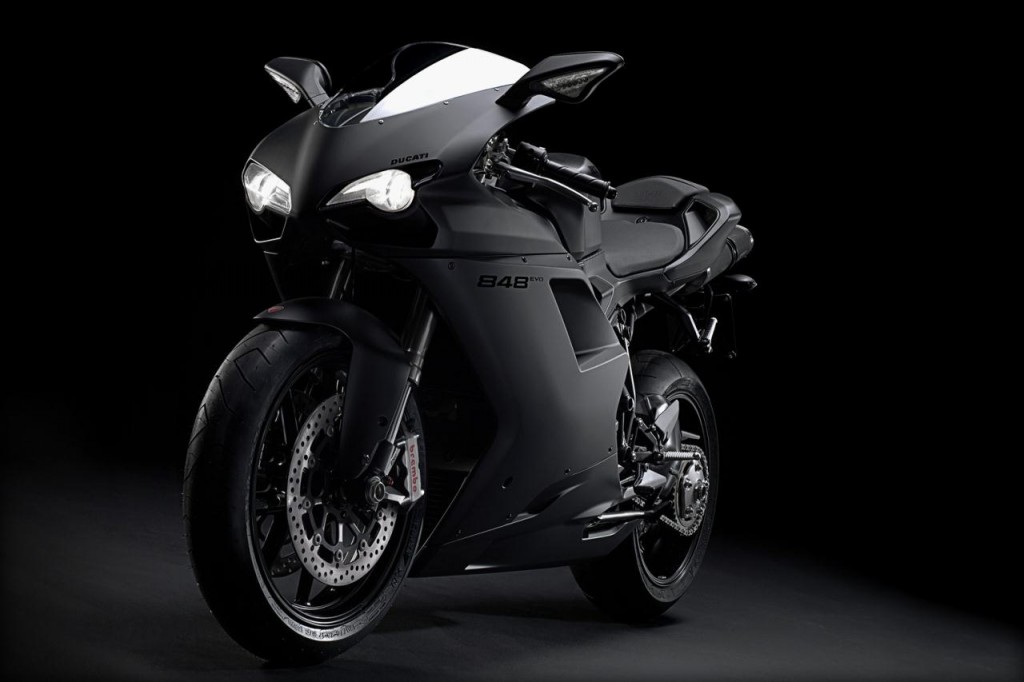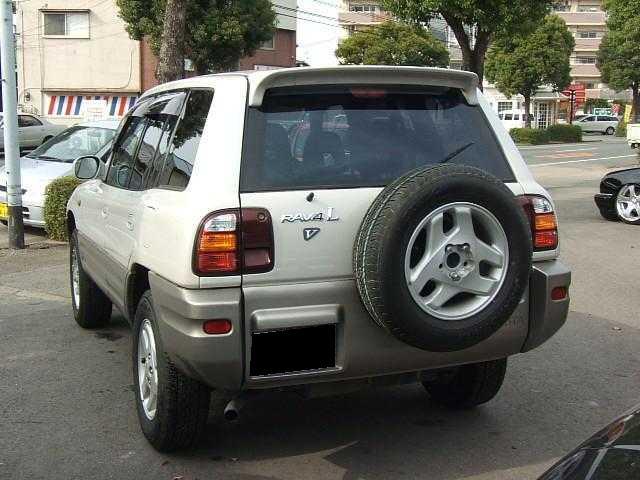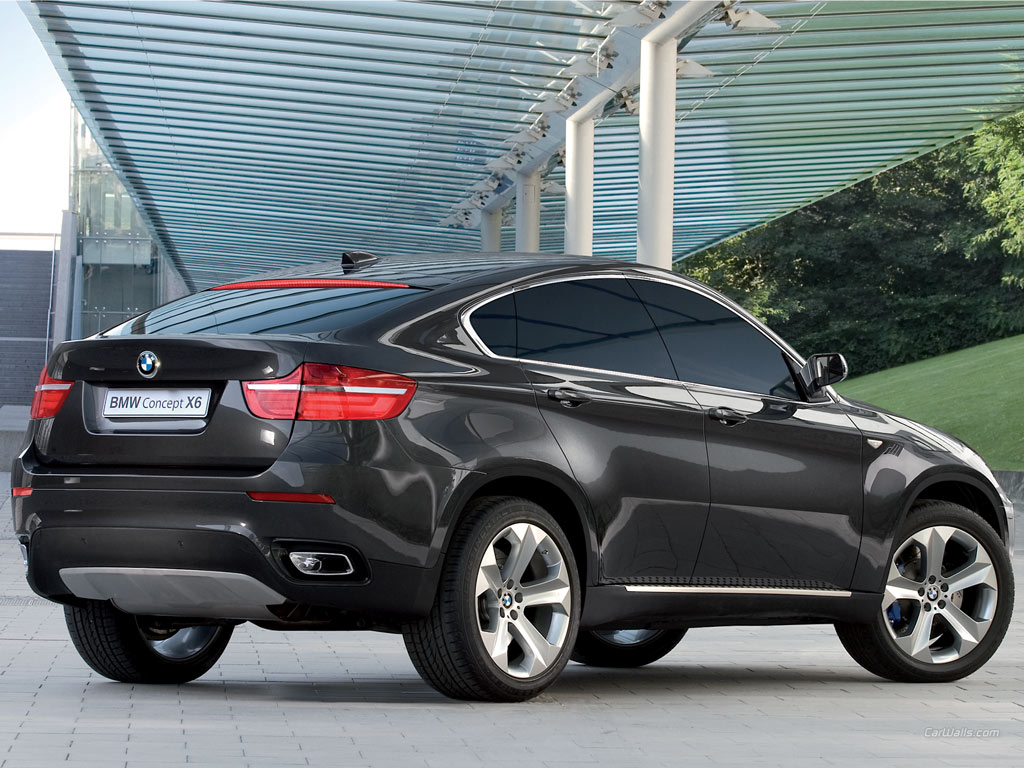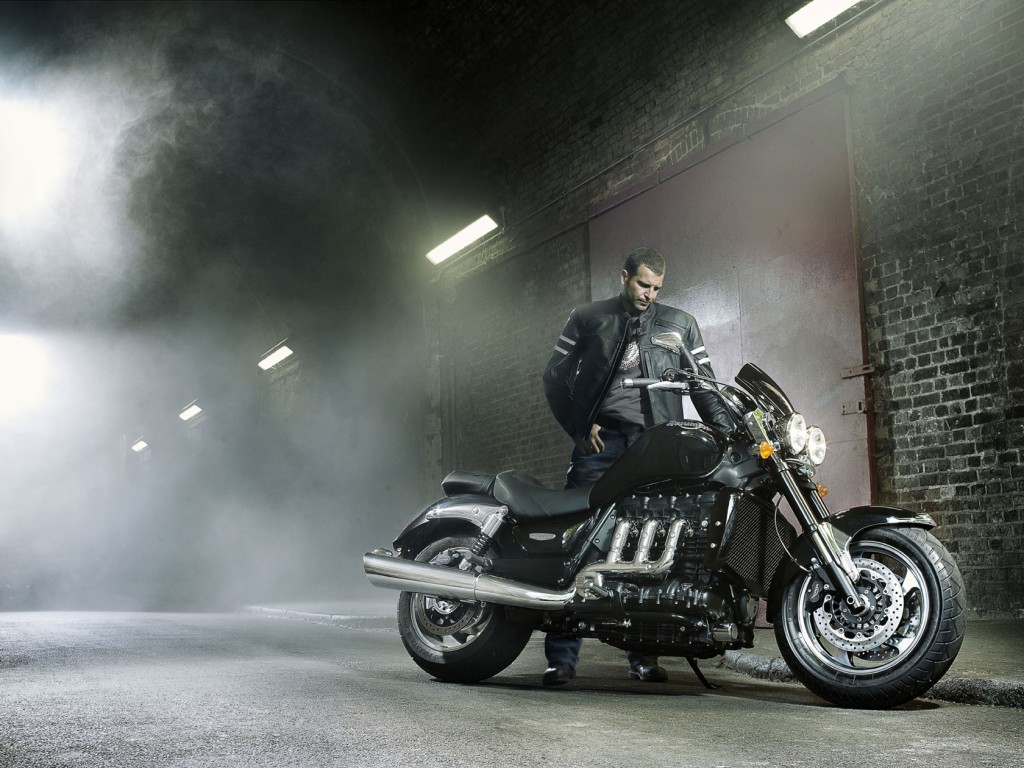It started with a sexy next-year sportbike model that caught your eye online or in the street. You started wanting one badly. Generally the black one.

You suddenly began noticing and hearing every motorcycle in the street, and with time your plans started shaping up. But then so did your thought process. You started “getting real”!
What if you get married and make ~40 babies? Even now, you already have a family that needs to be driven somewhere every now and then. You couldn’t ride your mom to a hair saloon on a motorcycle now, could you? Of course not!
More than the need to drive them around is the need to convince them you are going to ride. Of course, you could do that! You have the authority, you are self–sufficient and your word matters! But you calm yourself down — it’s just too much hassle… you respect your elders, you don’t wanna make daddy a sad panda!
Afterall, you also need to haul around some luggage sometimes. Heavy suitcases, personal computers, pillows, blankets, construction materials, livestock and nuclear warheads.
What about the winter? You can’t ride a motorcycle in the winter! Argh!
And you want to be safe. You want to be able to make mistakes. Airbags and crash tests!
Comfort is important to you. Who doesn’t like the good familiar bass line streaming out of the subwoofer, along with the flow of hot or cool air? Climate control! You want to be able to control the climate around you!
The apparel. What, you’ll need to purchase and wear special equipment to ride? But you love wearing your slippers out!
You love vehicle maintenance! Greasy hands are sexy in the music videos! But seriously, changing your oil and the brake pads, cleaning your carburetor and configuring the clutch, that’s more effort than watching a video!
The motorcycle has no doors. I mean of course, you’ve seen it has no doors, but whew — really? No doors? What if someone steals it? These are hard times we’re living in!
Then of course the parts! No motorcycle is an Opel Vectra, where would you order the parts? UK? USA? You get online for that? Uh!
How much fuel per 100 kilometers? 7 liters? Hey that’s almost like a car! I mean, my friend’s Cherokee burns only like 14! Nah, not when he’s pushing it of course. Still!
Finally comes the neighbor who knows someone who knows someone else who has heard of someone’s relative telling about his wife’s colleague’s lover’s neighbor dying in a motorcycle accident in 1981 on an unknown motorcycle. “I mean, the brains were all over the place!” he adds. The other neighbor confirms his words with a thoughtful nod.
And so you buy a car. Something reasonably aged, but not too old. Something you can convince yourself and the others is the coolest car one could ever own. You’re certainly planning to travel with it just as you would travel on a motorcycle, so you make sure it has a 4WD differential lock and throw in a sleeping bag into the trunk. “2011 X6?? Are you fucking kidding me? I would never ever ever change my 2001 Toyota RAV4 for that shit! My car is truly offroad and totally stylish, while X6 is just a pile of junk for wussies! I mean you can’t even ride X6 on worn tarmac, let alone gravel! Who buys that shit?! It doesn’t even look that good!” Some around you argue. Some nod. What matters is your feeling of self–righteousness.


Of course, you will get a motorcycle. Someday. Now is a little tense, financially. The stock market is going down. It is just not the right time.
You pick a date that is reasonably far away not to require any actions today, but sounds close nevertheless. Sounds to who? To yourself of course! Two or three years. Then it’ll be yours. You pick a model out of the blue — say, a Triumph Rocket III. There’s a dude standing in the promo poster that totally looks like what you would want to look.

“This shit is my favorite motorcycle!”, you tell your friends. Of course you’ve never even seen one on TV, just the Internet. “2,300 cubic centimeters! That’s 2,3 liters in the car slang! But I can totally speak cc’s!” You learn all the specifications of this motorcycle by heart and set it as your wallpaper for a couple of weeks, before the next cool game comes out or the next awesome abstract wallpaper is published on DeviantArt.
It is pretty much sealed — you will probably never ride.
